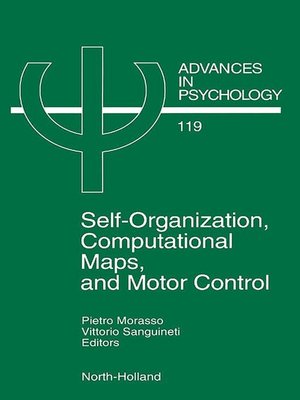
Sign up to save your library
With an OverDrive account, you can save your favorite libraries for at-a-glance information about availability. Find out more about OverDrive accounts.
Find this title in Libby, the library reading app by OverDrive.



Search for a digital library with this title
Title found at these libraries:
| Loading... |
The book is divided into three parts, each characterized by a slightly different focus: in part I, the major theme concerns computational maps which typically model cortical areas, according to a view of the sensorimotor cortex as "geometric engine" and the site of "internal models" of external spaces. Part II also addresses problems of self-organization and field computing, but in a simpler computational architecture which, although lacking a specialized cortical machinery, can still behave in a very adaptive and surprising way by exploiting the interaction with the real world. Finally part III is focused on the motor control issues related to the physical properties of muscular actuators and the dynamic interactions with the world.
The reader will find different approaches on controversial issues, such as the role and nature of force fields, the need for internal representations, the nature of invariant commands, the vexing question about coordinate transformations, the distinction between hierachiacal and bi-directional modelling, and the influence of muscle stiffness.






